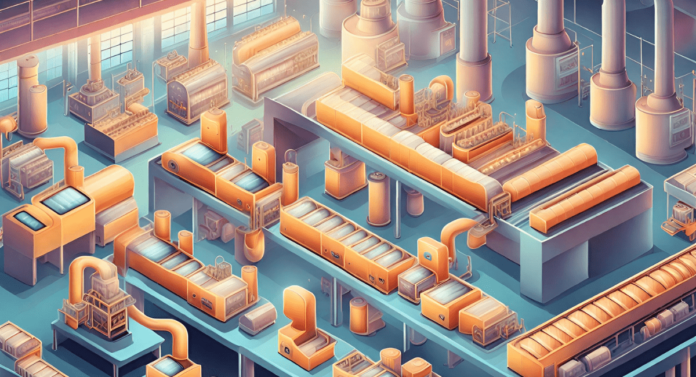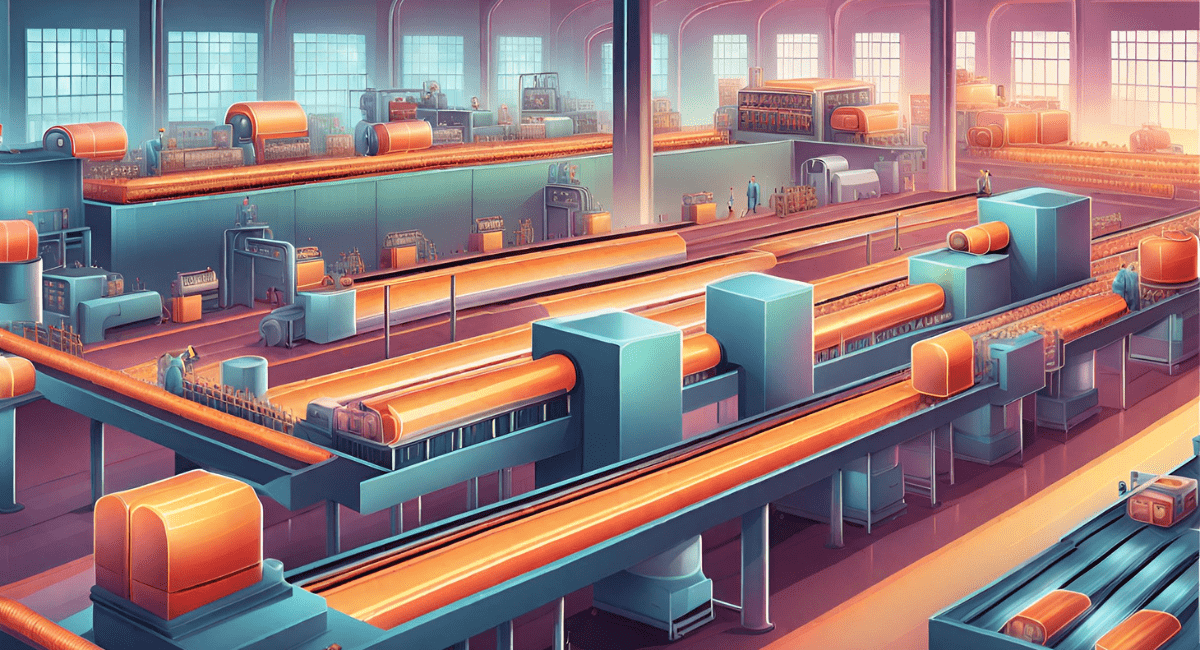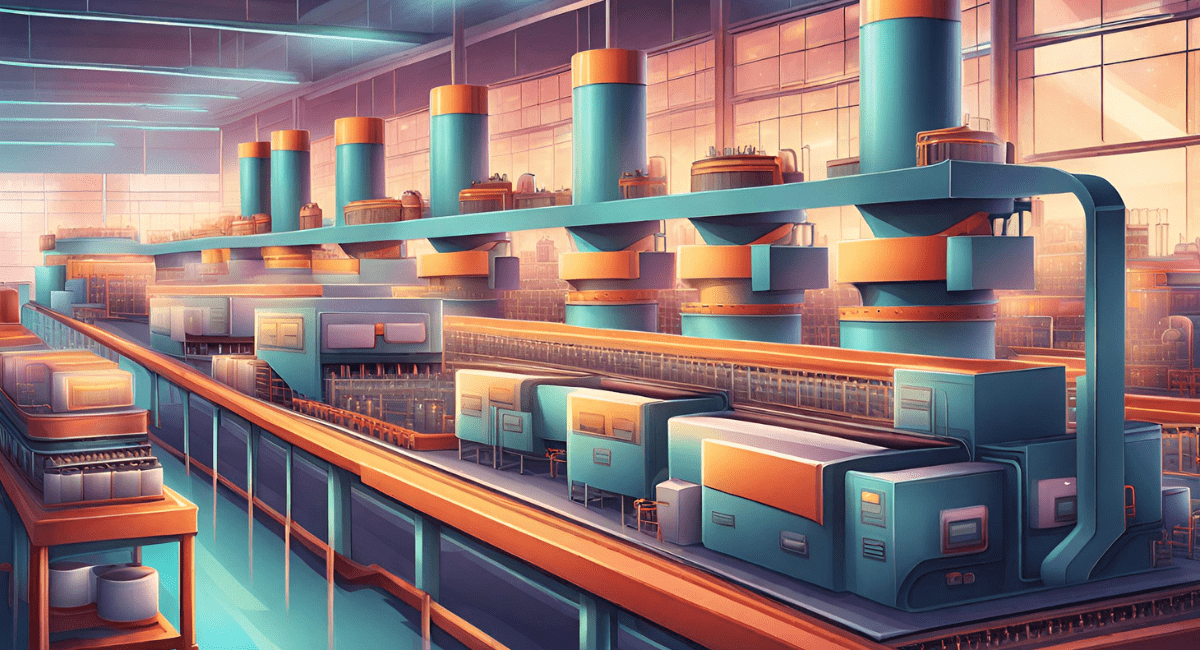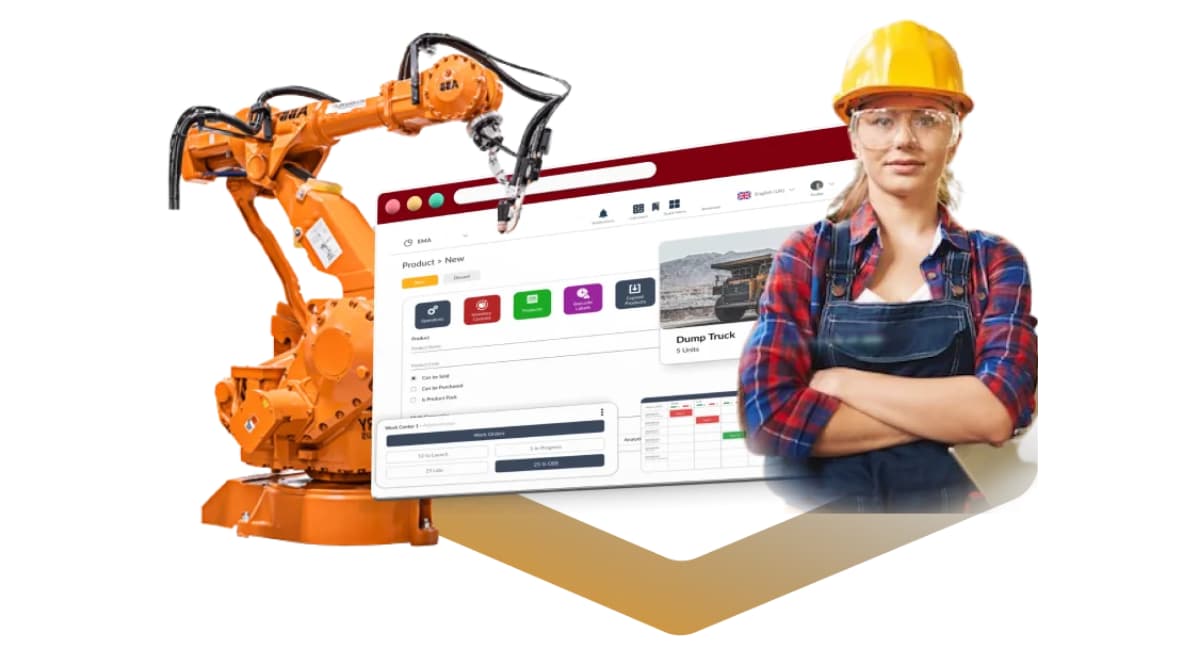In the bustling manufacturing landscape of Singapore, the Make-to-Assemble (MTA) approach is carving out a niche for its blend of efficiency and customization. This hybrid strategy, which combines the predictive nature of Make-to-Stock with the responsiveness of Make-to-Order, allows Singaporean manufacturers to stay agile in a competitive market.
By preparing components in advance and assembling them only upon order receipt, MTA manufacturing strikes a balance between inventory management and customer satisfaction, making it an increasingly popular choice among diverse industries in the region
Throughout this guide, we will delve into the core concepts of MTA, discuss its advantages for Singapore’s manufacturing sector, provide insights into the implementation process, address common challenges, and explore real-life success stories. Additionally, we will offer strategies to optimize Make-to-Assemble (MTA) manufacturing.
Table of Content:
Table of Content
Key Takeaways
|
Understanding MTA Manufacturing: Definition and Core Concepts
MTA manufacturing involves the production of component parts before the actual receipt of orders for assembly. This stands in contrast to Make to Stock (MTS) manufacturing, where finished goods are produced and stocked in anticipation of future demand.
On the other hand, MTA differs from Make to Order (MTO) manufacturing, as it allows manufacturers to have pre-produced component parts readily available for assembly, rather than manufacturing products only after receiving customer orders.
By adopting the MTA approach, manufacturers can strike a balance between the two traditional strategies of MTS and MTO. While MTS enables businesses to meet anticipated demand more efficiently, it carries the risk of stock surplus or shortage.
On the other hand, MTO minimizes stockholding risks but may lead to longer lead times and increased costs due to the customization of products based on individual customer orders.
MTA offers an optimal solution by allowing manufacturers to pre-produce component parts, ensuring a quick assembly process and reducing the risk of stock-related issues. This streamlined approach increases operational efficiency and customer satisfaction by enabling timely order fulfillment without sacrificing customization possibilities.
Advantages of MTA for Singapore’s Manufacturing Sector
Make to Assemble (MTA) manufacturing offers several advantages for Singapore’s manufacturing sector. By pre-producing component parts, manufacturers can enjoy reduced inventory costs and minimize the risk of stock surplus or shortage.
One of the key benefits of MTA is the ability to have component parts ready for assembly. This reduces the need to carry large inventories of finished goods, thus lowering inventory holding costs. By only producing the necessary component parts, manufacturers can optimize their inventory management and reduce the risk of overstocking or stock obsolescence.
Additionally, MTA allows for greater flexibility in production. With pre-produced component parts, manufacturers can quickly assemble products based on specific customer orders. This not only improves efficiency but also enables customization and personalization, leading to improved customer satisfaction. By catering to individual customer needs and preferences, manufacturers can enhance their relationships with clients and foster loyalty.
Implementing MTA in Manufacturing: Key Steps in MTA Implementation
Implementing Make to Assemble (MTA) in your manufacturing process involves a series of key steps that ensure a smooth and efficient production flow. From demand planning to production scheduling and final assembly, each stage plays a crucial role in successfully implementing the MTA strategy.
1. Demand planning
At the heart of MTA implementation lies demand planning. It involves carefully analyzing market trends and customer demand to determine the quantity of component parts to produce.
By accurately forecasting demand, manufacturers can optimize their production output, ensuring they have the right amount of component parts readily available for assembly.
2. Production scheduling
Once the demand has been determined, the next step is production scheduling. This involves creating a detailed plan that outlines the sequence and timing of production activities.
The goal is to ensure that the necessary component parts are produced in a timely manner, aligning with customer orders. Efficient production scheduling minimizes delays and bottlenecks, optimizing the overall manufacturing process.
3. Final assembly
The last step in the MTA implementation process is the final assembly. This is where the pre-produced component parts are brought together to create the finished product. The assembly process must be carefully coordinated, ensuring that all necessary components are correctly assembled to meet customer specifications.
By efficiently executing the final assembly stage, manufacturers can deliver high-quality products that meet customer expectations.
Challenges and Solutions in MTA Implementation
Implementing Make to Assemble (MTA) manufacturing can present various challenges that manufacturers need to navigate effectively. Understanding these common challenges and implementing strategic solutions is crucial for successful MTA implementation in the Singaporean manufacturing sector.
Demand variability
One of the key challenges in MTA implementation is managing demand variability. Customer orders may fluctuate, leading to uncertainty in production requirements. This variability can result in underutilized inventory or insufficient stock to meet demand.
To address this challenge, manufacturers can employ demand forecasting techniques. By analyzing market trends and historical data, companies can make informed predictions about future demand. Accurate demand forecasting enables manufacturers to align their production processes with anticipated customer orders, reducing the risk of stock imbalances.
Supply chain disruptions
Another challenge in MTA implementation is the potential for disruptions in the supply chain. Any interruption in the timely delivery of component parts can hinder the assembly process and impact customer satisfaction.
To mitigate supply chain disruptions, building a robust supply chain network is essential. This involves establishing strong relationships with suppliers, ensuring clear communication channels, and implementing contingency plans. Collaborating closely with suppliers and monitoring supply chain performance can help identify and resolve potential disruptions proactively.
Product customization
MTA manufacturing often involves accommodating product customization to meet specific customer requirements. Balancing customization needs alongside efficient production and assembly processes can be challenging.
To address this challenge, manufacturers can adopt flexible production processes. By leveraging modular designs and standardized assembly techniques, companies can streamline the customization process without compromising productivity. Implementing agile production systems that can easily accommodate changes and modifications can ensure efficient customization without causing delays or disruptions.
Implementing effective risk management practices and maintaining coordination with suppliers and customers are integral to successful MTA implementation. By addressing these challenges head-on and employing strategic solutions, Singaporean manufacturers can optimize their MTA manufacturing processes and reap the benefits of this innovative approach.
Strategies for Optimizing MTA Manufacturing
Enhancing supply chain efficiency is crucial for optimizing Make to Assemble (MTA) manufacturing in Singapore. By collaborating closely with suppliers and implementing effective inventory management strategies, manufacturers can minimize lead times and ensure timely availability of component parts. This streamlining of the supply chain reduces cost, improves operational efficiency, and ultimately enhances customer satisfaction.
Risk management plays a vital role in MTA manufacturing. It is essential for manufacturers to proactively identify and mitigate potential risks associated with demand variability and supply chain disruptions.
Developing contingency plans and building resilient supplier networks can help minimize the impact of unforeseen circumstances. By monitoring market trends and customer demand closely, manufacturers can effectively manage risks and ensure uninterrupted production.
Looking ahead, future trends in MTA manufacturing hold tremendous potential for further optimization. AI-driven demand forecasting can provide more accurate insights into customer requirements, enabling manufacturers to make data-driven decisions and reduce inventory costs.
Additionally, the adoption of 3D printing technology for component production offers greater flexibility and customization capabilities. These advancements will revolutionize MTA manufacturing, enhancing efficiency, agility, and product innovation in the ever-evolving landscape.
Last but not least, leveraging technology and automation is another key strategy for optimizing MTA manufacturing. Implementing advanced technologies such as Enterprise Resource Planning (ERP) systems and Internet of Things (IoT) devices can automate various processes, from demand forecasting to production scheduling.
These technological advancements enable real-time data analysis, seamless communication, and efficient coordination, resulting in improved productivity and faster time-to-market.
One ERP system you might want to implement is HashMicro’s Manufacturing ERP software. With more than 1750 clients, HashMicro is one of the best ERP provider you want to go to. Click banner down below to download the pricing scheme to know the budget to implement our manufacturing ERP software.
Empowering Your MTA Manufacturing with HashMicro’s Manufacturing ERP Software
In today’s competitive landscape, efficient MTA manufacturing is essential for businesses looking to thrive. HashMicro Manufacturing Software offers a comprehensive solution carefully crafted to optimize operations, increase productivity and drive sustainable growth.
Here are some of its key features:
- Bill of Materials (BoM) Management: Easily create, update, and manage BoMs for accurate product configurations and streamlined production. This feature helps you gain real-time visibility into material requirements, minimizing errors and accelerating time-to-market.
- Work-in-Progress (WIP) Calculation: Our software calculates WIP levels at each manufacturing stage, giving you insights into your production pipeline. This feature optimize WIP levels to reduce bottlenecks, shorten lead times, and maintain efficient workflows while minimizing excess inventory costs.
- Gantt-Chart Display: This feature lets you visualize production schedules clearly and easily. You can plan, track, and adjust manufacturing activities effortlessly in real-time. You can also identify critical tasks, monitor progress, and optimize resource use to minimize cycle times.
- Manufacturing Kiosk: Our manufacturing kiosk transforms shop floor operations. It empowers frontline workers with real-time information and task management. This will help you easily access instructions, record data, and manage tasks for seamless execution and adherence to schedules.
- Production Scheduling: This feature gives you control over schedules. From long-term planning to short-term optimization, it equips you with tools for precision. It balance loads, allocate resources, and optimize sequencing to maximize throughput.
In summary, HashMicro’s Manufacturing Software is top-notch for make-to-assemble manufacturing. Unlock efficiency, agility, and competitiveness with us. Elevate your operations and drive growth with HashMicro as your trusted partner in manufacturing excellence.
Conclusion
The Make-to-Assemble (MTA) manufacturing model merges the foresight of pre-production with the agility of responding to actual customer demands, offering a strategic edge in a fast-paced market. The implementation of MTA not only streamlines operations but also catapults productivity, minimizes waste, and enhances customer satisfaction.
Crucial to the success of MTA is the integration of a robust manufacturing system that can synchronize and optimize every facet of the assembly process. HashMicro’s manufacturing software emerges as the ideal ally in this endeavor, providing an intuitive platform that fine-tunes the MTA workflow. By opting for HashMicro, manufacturers can unlock the full potential of MTA, ensuring a seamless transition from components to completed products.
Take the first step towards manufacturing excellence by exploring the capabilities of HashMicro’s software with a free demo, and witness the transformative impact it can have on your MTA processes.






































